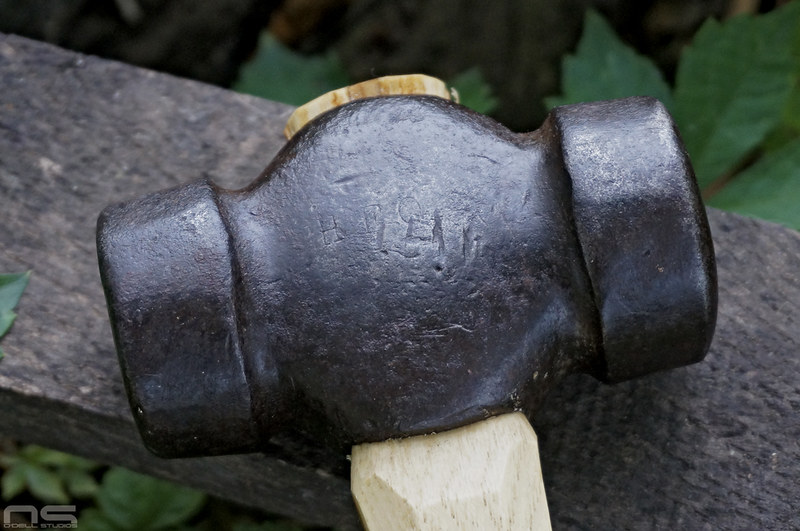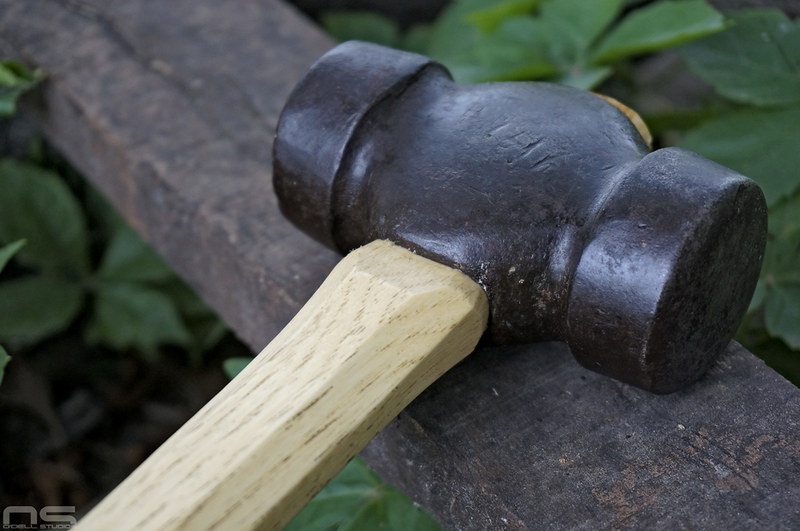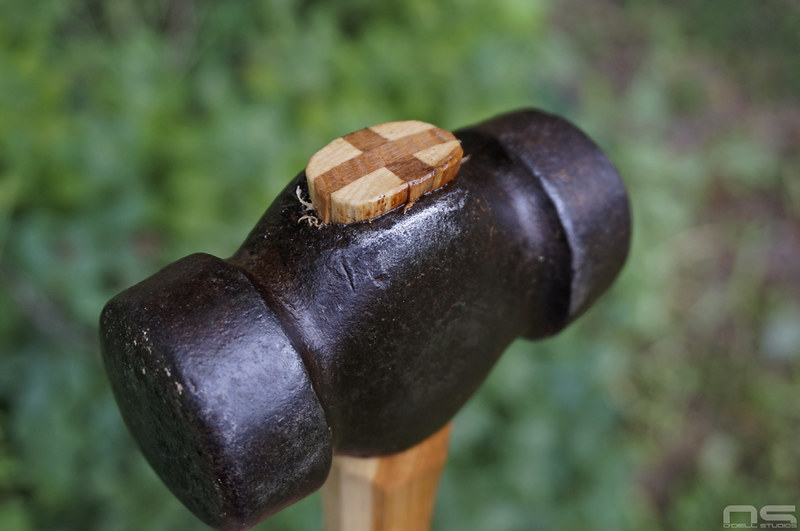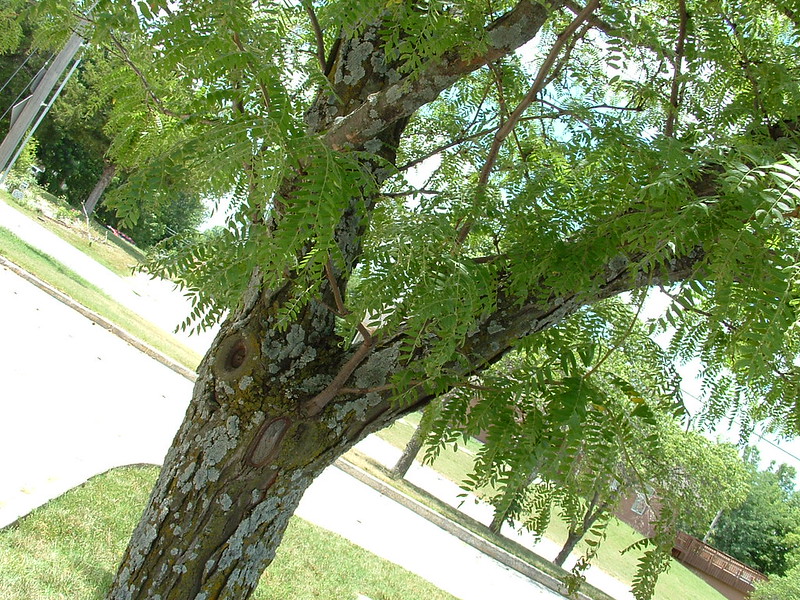It's possible that a hatchet just needs a thinner wedge, how the taper in the eye is done has a lot to do with it. If you're looking at some of my hammers, I honestly have never seen two eyes alike and the wedge thickness is a direct result of the drastic taper (or lack thereof) in the eye. When I cut my own kerfs I use a regular ole back saw which has a thin blade. I have never felt compelled to widen kerfs or use saws which cut wider kerfs - in fact, I like them thin. I think there is a significant benefit to fitting a handle without a kerf - I can't tell you how many handles its been since I hung a tool with a pre-cut kerf - and I think the thickness of the wedge ends up being affected by having or not having the kerf cut during fitting. For one thing, it's not unusual to fit a handle and have it pretty well seated but have the (pre-cut) kerf crushed shut. Some guys use a temporary wedge during fitting to compensate, but that's really the same as just taking some extra material off even if it doesn't necessarily look like it needs it. I'm sure there are a bunch of factors. I drive wedges hard, I like it to sound like a nail being driven. I make my own wedges and I purposefully make them a touch thick at the upper portion so that I get the bulging effect. Nothing crazy, you don't want the wedge to try to pop out, but there is a sweet spot. If the wedge is driving too easily I'll pull it and take some off the bottom so that it gets tight quicker, etc. To find that sweet spot I just make a mark on the wedge corresponding to the depth of the kerf and in my mind I tell myself that I do not want to get to that line *easily*. I want it to be TIGHT about 1/4" or so before I get to that line (depends on the tool). I like for my brain to be saying, if you strike that wedge one more time you are going to crack the handle, crack the head, something terrible will happen. Then I know I'm there.
This was so well explained! Thanks a bunch! I'll give some of your tips a shot on my next hang.
Sent from my iPhone using Tapatalk









